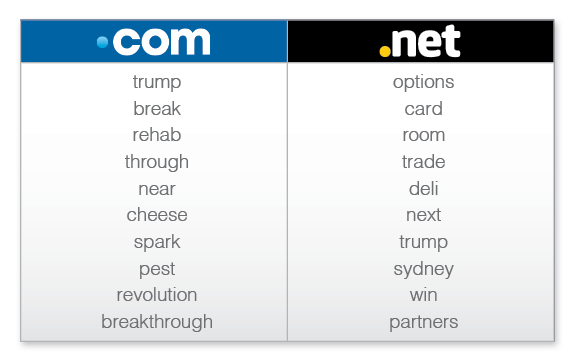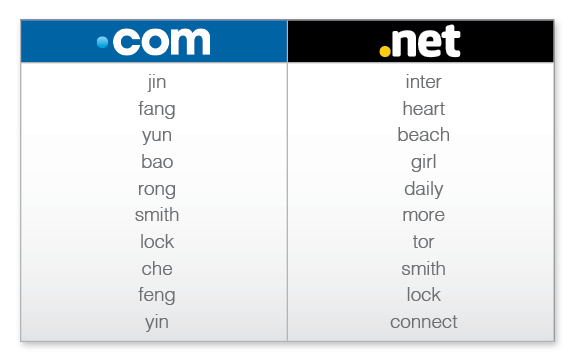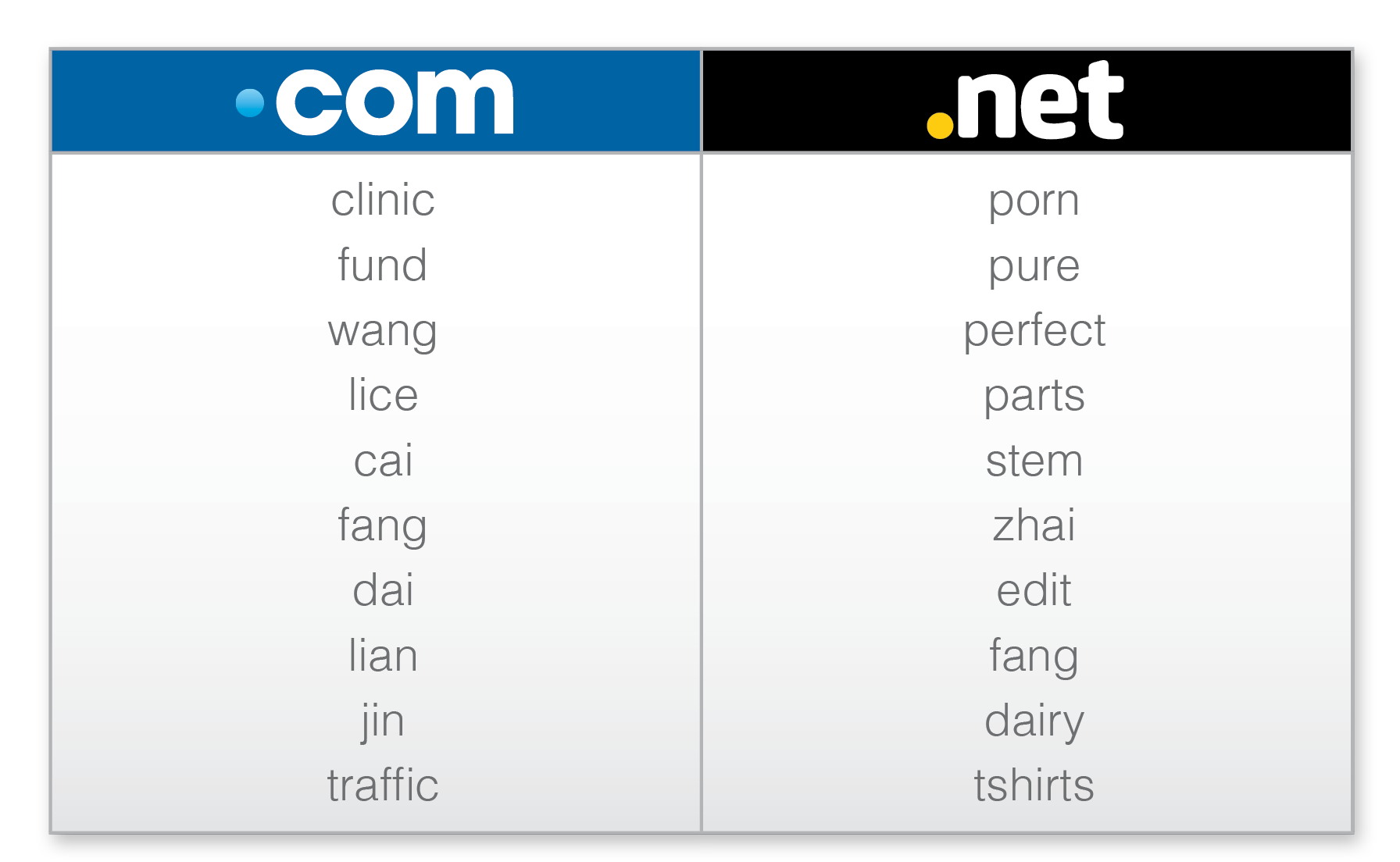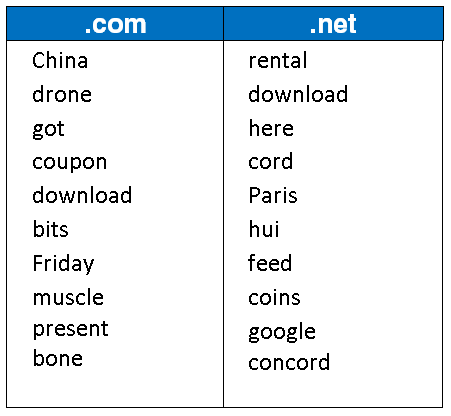
Verisign Q4 2015 DDoS Trends: Attack Activity Increases 85 Percent Year Over Year
Verisign just released its Q4 2015 DDoS Trends Report, which provides a unique view into online distributed denial of service (DDoS) attack trends from mitigations enacted on behalf of customers of Verisign DDoS Protection Services and research conducted by Verisign iDefense Security Intelligence Services.
Every industry is at risk as DDoS attacks continue to increase in size, sophistication and frequency. The most notable observation last quarter is the increase in DDoS attack activity, which was at its highest since the inception of Verisign’s DDoS Trends Report in Q1 2014. Comparing year-over-year attack activity, Verisign mitigated 85 percent more attacks in Q4 2015 than in Q4 2014. Some customers were hit with persistent, repeated attacks over the quarter.

Top 10 Trending Keywords in .Com & .Net Registrations in February

Top 10 Trending Keywords in .Com & .Net Registrations in January
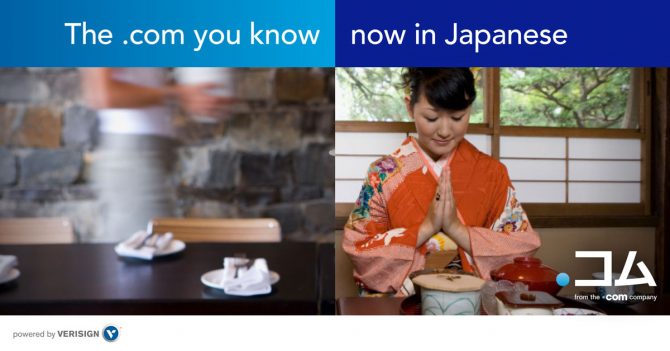
Priority Access Program for Verisign’s First IDN New gTLD, .コム
Guest post from Manish Dalal, Vice President, Verisign Naming Services Asia
Verisign launched its first IDN new gTLD, .コム – the .com you know, now in Japanese – on Dec. 9, 2015 at 12:00 a.m. UTC. We recently submitted updated TLD Startup Information for .コム to ICANN, extending the end date for the .コム Sunrise Period from Jan. 31, 2016, to March 14, 2016, and shifting the dates of the subsequent registration periods. ICANN recently confirmed the following updated registration periods for the .コム TLD*:
Sunrise Period: Dec. 9, 2015 – March 14, 2016
Priority Access Program Period: March 15 – May 15, 2016
Landrush Program Period: May 16 – June 12, 2016
General Registration Period: Start Date June 13, 2016
Trademark Claims Period: June 13 – Sept. 11, 2016

Five Reasons Every Small Business Needs a Website
The 2015 holiday shopping season was a good one for businesses online. Thanks to strong sales from Black Friday and Cyber Monday, online retailers reported an increase in sales of 15 percent from the previous year with Cyber Monday proving to be the largest online sales day ever, netting $3.07 billion.
However, only 51 percent of small businesses have websites, despite the fact that 97 percent of consumers search for products and services online, according to figures released earlier from The SCORE Association (SCORE).
The disconnect between small companies and the growing number of consumers who vet brick-and-mortar businesses based on their online presence could be keeping entrepreneurs from millions of customers – and dollars. SCORE Vice President of Marketing Bridget Weston Pollack said, “If a company or a small business doesn’t have an online presence, they are missing a huge percentage of the population that could be shopping at their store.”

Top 10 Trending Keywords in .Com & .Net Registrations in December
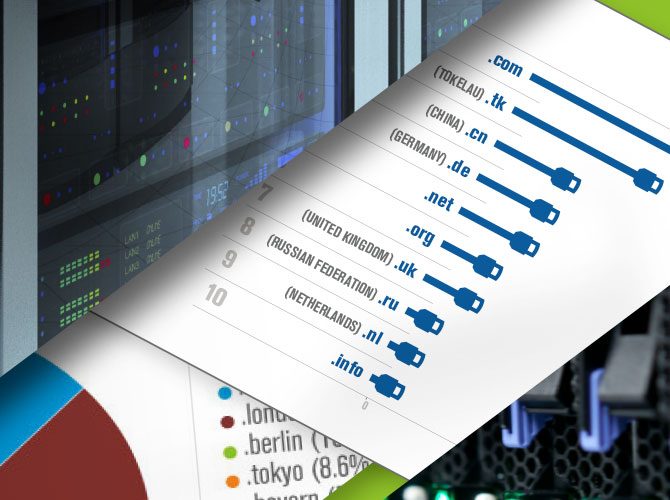
The Internet Grew to 299 Million Domain Names in the Third Quarter of 2015
Today, we released the latest issue of the Domain Name Industry Brief, which showed that the Internet grew by approximately 3.1 million domain names in the third quarter of 2015, and closed with a base of 299 million domain names across all top-level domains (TLDs). This is a 1.1 percent increase over the second quarter of 2015.

Verisign’s Perspective on Recent Root Server Attacks
On Nov. 30 and Dec. 1, 2015, some of the Internet’s Domain Name System (DNS) root name servers received large amounts of anomalous traffic. Last week the root server operators published a report on the incident. In the interest of further transparency, I’d like to take this opportunity to share Verisign’s perspective, including how we identify, handle and react, as necessary, to events such as this.
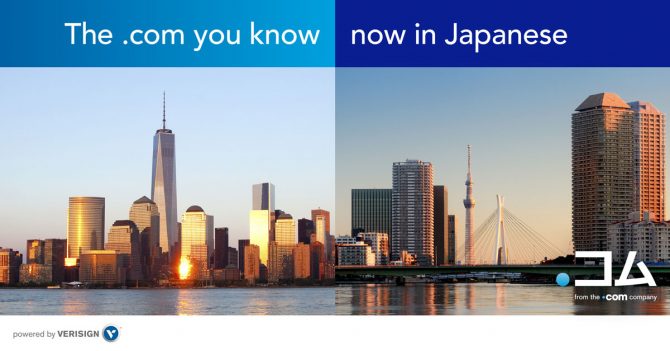
Launch of Verisign’s First IDN New gTLD, .コム
Guest post from Manish Dalal, Vice President, Verisign Naming Services Asia
The composition of the Internet’s population continues to evolve toward a more localized Web. Asia has been leading the way forward as the populations in that region come online and begin creating and consuming content in their local languages. According to Internet World Stats, over 48 percent of all Internet users are located in Asia and, according to W3Techs, approximately 45 percent of all websites in the world are in a language other than English.
Still, navigation of the Internet through a URL is primarily in English. Therefore, by enabling more end users to navigate the Internet in scripts representing their native language, and giving more companies the ability to maintain a common brand identity across many scripts, Internationalized Domain Names (IDNs) have the potential to make the Internet more accessible and thus more usable to end users around the world. This accessibility is why IDNs have generated considerable attention since Verisign introduced IDNs at the second-level in 2000.

